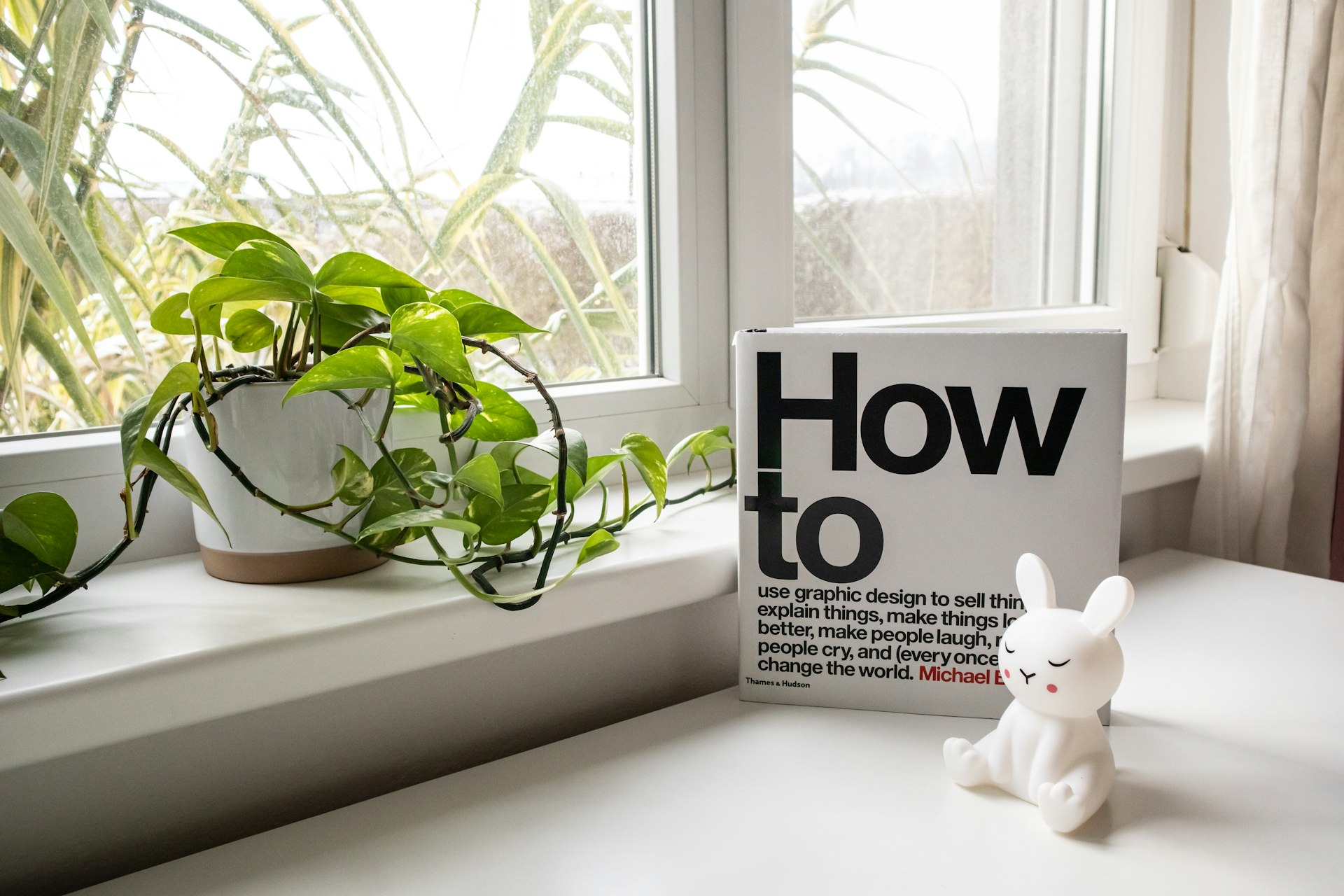Mastering Acrylic Nails at Home: Step-by-Step Guide for Stunning Results

Photo by Toa Heftiba on Unsplash
Introduction
Learning how to apply acrylic nails at home offers not only a cost-effective alternative to salon visits but also an opportunity for creative self-expression and skill development. While it may seem daunting at first, with proper guidance and practice, you can achieve professional-quality results and maintain beautiful, durable nails without ever stepping into a salon. This comprehensive guide covers every aspect required for successful at-home acrylic nail application, including essential tools, detailed step-by-step instructions, real-world tips, common challenges, and alternative approaches for all skill levels.
Essential Tools and Materials
Before you begin, gather the following supplies:
- Acrylic liquid (monomer)
- Acrylic powder (polymer)
- Dappen dish
- Acrylic brush
- Nail file and buffer
- Nail forms or tips (optional)
- Nail glue (for tips)
- Acid-free nail primer
- Top coat (air-dry or UV/LED compatible)
- Cuticle oil
- Lint-free pads
Quality matters-invest in reputable products for better results and nail health. If you need help choosing supplies, consult beauty retailers, read product reviews, or explore tutorials from established brands like Naio Nails [1] .
Preparation: Setting Up for Success
Create a clean, well-lit workspace, ideally with a hard surface. Wash your hands thoroughly and remove any old polish. Begin by cutting and filing your natural nails to your preferred shape. Push back and trim your cuticles gently-this helps prevent lifting and promotes a smoother application [2] . You may use a cuticle cleaning bit for a more detailed clean, especially around the nail sidewalls [3] .
Step-by-Step Acrylic Application
Follow these detailed steps for applying acrylic nails at home:
1. Prep the Natural Nails
Buff the nail surface gently to remove shine. This increases adhesion and reduces the risk of lifting. Clean the nail with a lint-free pad soaked in acetone or nail cleanser to remove dust and oils. Apply an acid-free nail primer to the entire nail bed for optimal bonding [1] .
2. Apply Nail Tips or Forms (Optional)
If you want extra length, fit nail tips from sidewall to sidewall, ensuring they’re not too wide or narrow. Use nail glue to attach. Trim and file tips to desired length and shape. Alternatively, apply nail forms for sculpting acrylic extensions directly [3] .
3. Mix and Apply Acrylic
Pour acrylic liquid into your dappen dish. Dip the brush into the liquid, then into the powder to create a small bead-the consistency should resemble a tiny golf ball. Press the bead onto the nail near the cuticle and use the brush to gently spread the acrylic toward the free edge, tilting the nail downward to prevent flooding the cuticles. Sculpt the acrylic with the brush, regularly cleaning the brush in the liquid to avoid buildup [1] .
For beginners, start with thin layers and build up the apex (the slightly thicker area for strength) gradually. Repeat the process if more acrylic is needed to cover the nail smoothly. Avoid excessive thickness, which can look unnatural and is prone to breakage [3] .
4. Shaping and Curing
Allow the acrylic to dry for about 2-3 minutes. You’ll know it’s ready when you tap the nail and hear a ‘ting’ sound. File and shape the nail surface and edges to create your desired look. Use a higher grit file for smoother results. If you have a UV/LED lamp, apply a compatible top coat and cure for the recommended time; otherwise, use an air-dry top coat and let it set for 2 minutes [1] .
5. Finishing Touches
Once nails are fully dry and shaped, apply cuticle oil to nourish and hydrate the skin around your nails. Rub gently to finish. You can now enjoy your customized acrylic nails. For creative flair, add gel color, nail art, or decals before finishing with the top coat [2] .
Troubleshooting Common Challenges
Applying acrylic nails at home can present several challenges. Here’s how to address them:
- Lifting: Ensure cuticles and nail beds are clean and prepped. Use primer as directed. Avoid touching the skin with acrylic.
- Bubbles or lumps: Mix acrylic beads correctly; bead should not be too wet or dry. Practice brush control and use thin layers.
- Breakage: Build a proper apex for strength. Avoid making nails too long or thin especially as a beginner.
- Uneven surface: File and buff the nail thoroughly after acrylic dries. Don’t rush shaping.
Patience and practice are key. Watch video tutorials for visual guidance and try different products to find what works best for you [1] [2] .

Photo by Maahid Photos on Unsplash
Alternative Approaches and Professional Advice
If you’re not ready to try traditional acrylics, consider alternatives like:
- Dip powder nails: Easier to apply and less mess, but with a different finish.
- Press-on nails: Simple and quick, available in many designs.
- Gel extensions: Require a UV/LED lamp but offer flexibility and shine.
For additional support, consult reputable beauty forums, online communities, or reach out to certified nail technicians for advice. Many professionals share tips and answer questions on social platforms or through video content [3] .
Maintaining Your Acrylic Nails
Acrylic nails can last two to three weeks with proper care:
- Keep nails dry and avoid harsh chemicals.
- Moisturize cuticles daily.
- File gently if nails chip or lift.
- Avoid using nails as tools to prevent damage.
If you notice lifting, fungal signs, or discomfort, safely remove the acrylics and allow your natural nails to recover. Removal should be done with acetone and gentle filing; never force or peel off acrylics, as this can damage the natural nail.
Accessing Products and Further Learning
To order supplies, visit trusted beauty supply stores or official brand websites. For instructional videos, refer to established YouTube channels like Nail Career Education, Naio Nails, and other reputable creators. Search terms such as “DIY acrylic nails” or “acrylic nail tutorial” yield many helpful guides. If you need personalized advice, consider reaching out to licensed nail technicians or joining online nail art communities for support.
Key Takeaways
Applying acrylic nails at home is achievable with patience, the right tools, and reliable guidance. Focus on nail health, proper technique, and ongoing learning. Experiment with alternative methods if traditional acrylics prove difficult, and always prioritize safety. As you gain confidence, your skills and creativity will flourish, empowering you to enjoy stunning, durable manicures crafted in the comfort of your own home.



